- Joined
- Aug 4, 2008
- Messages
- 14,685
Re: Using image error level analyzers to analyze gemstone ph
Which based on that image has a fairly crappy jpg creation engine.PrecisionGem|1393984917|3627654 said:I don't own Photoshop by the way, I use a program called Aperture on the Mac.

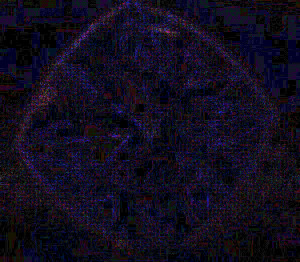
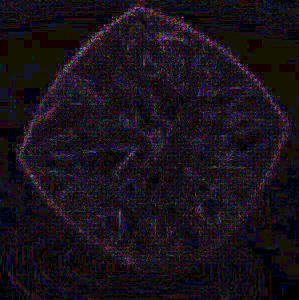
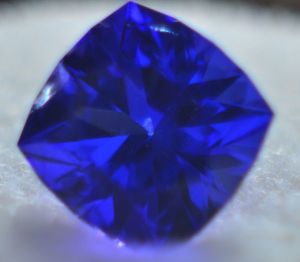
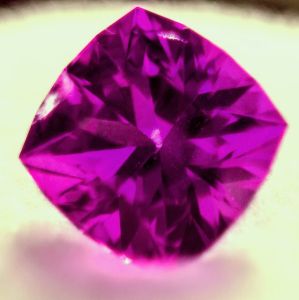
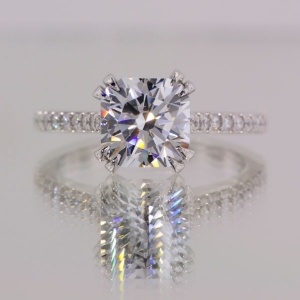
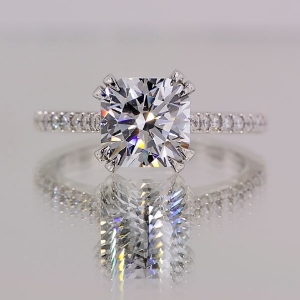


300x240.png)